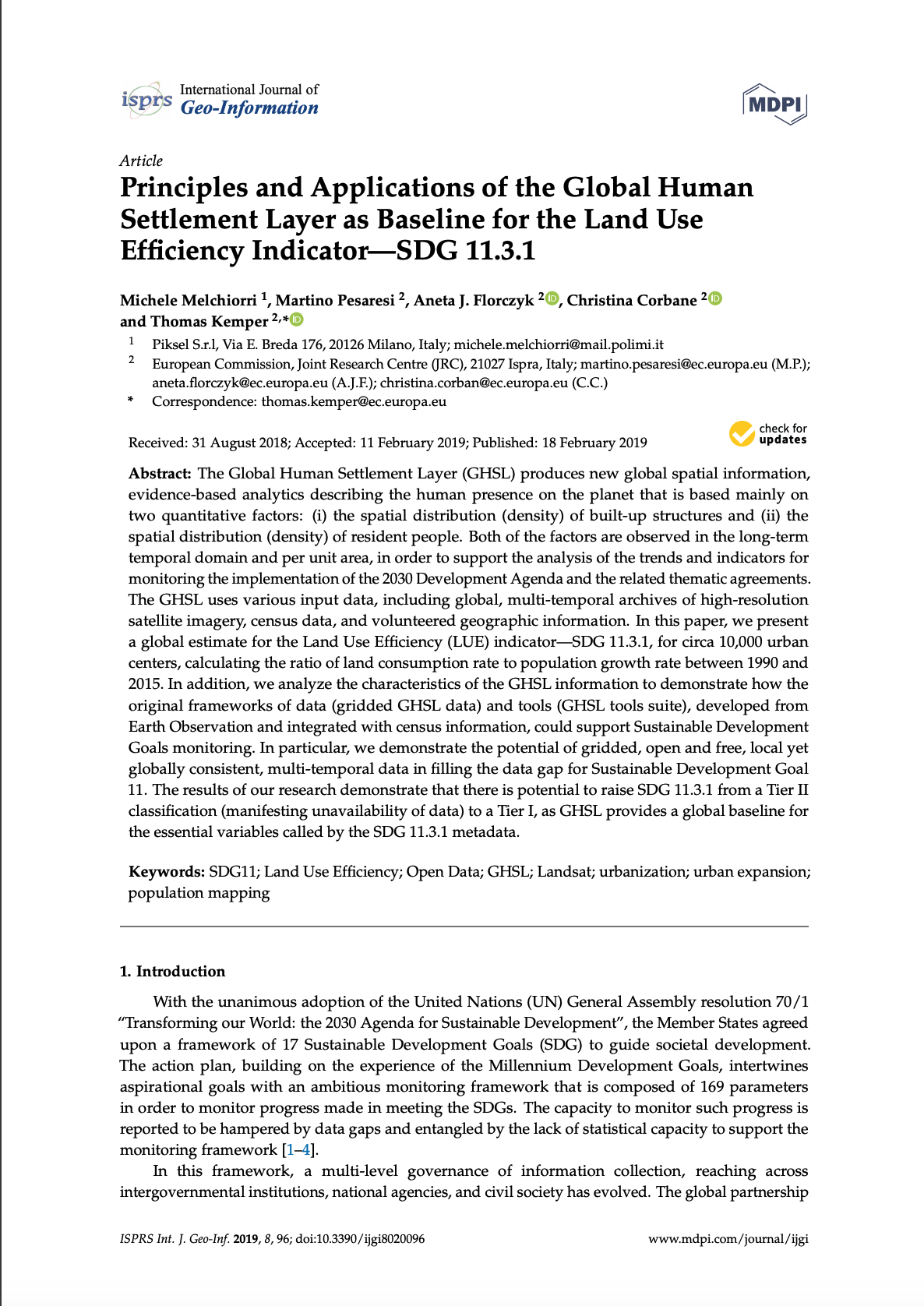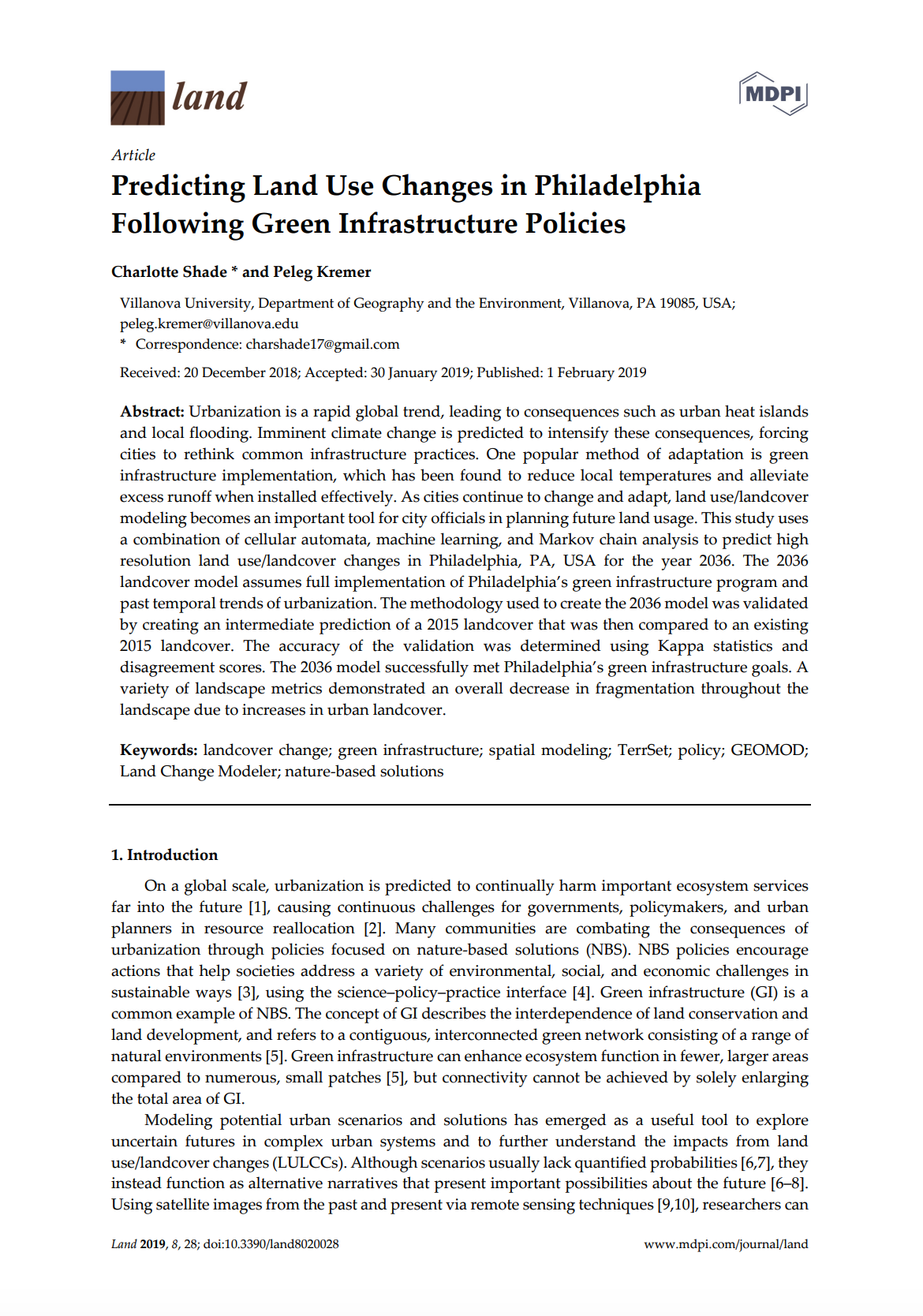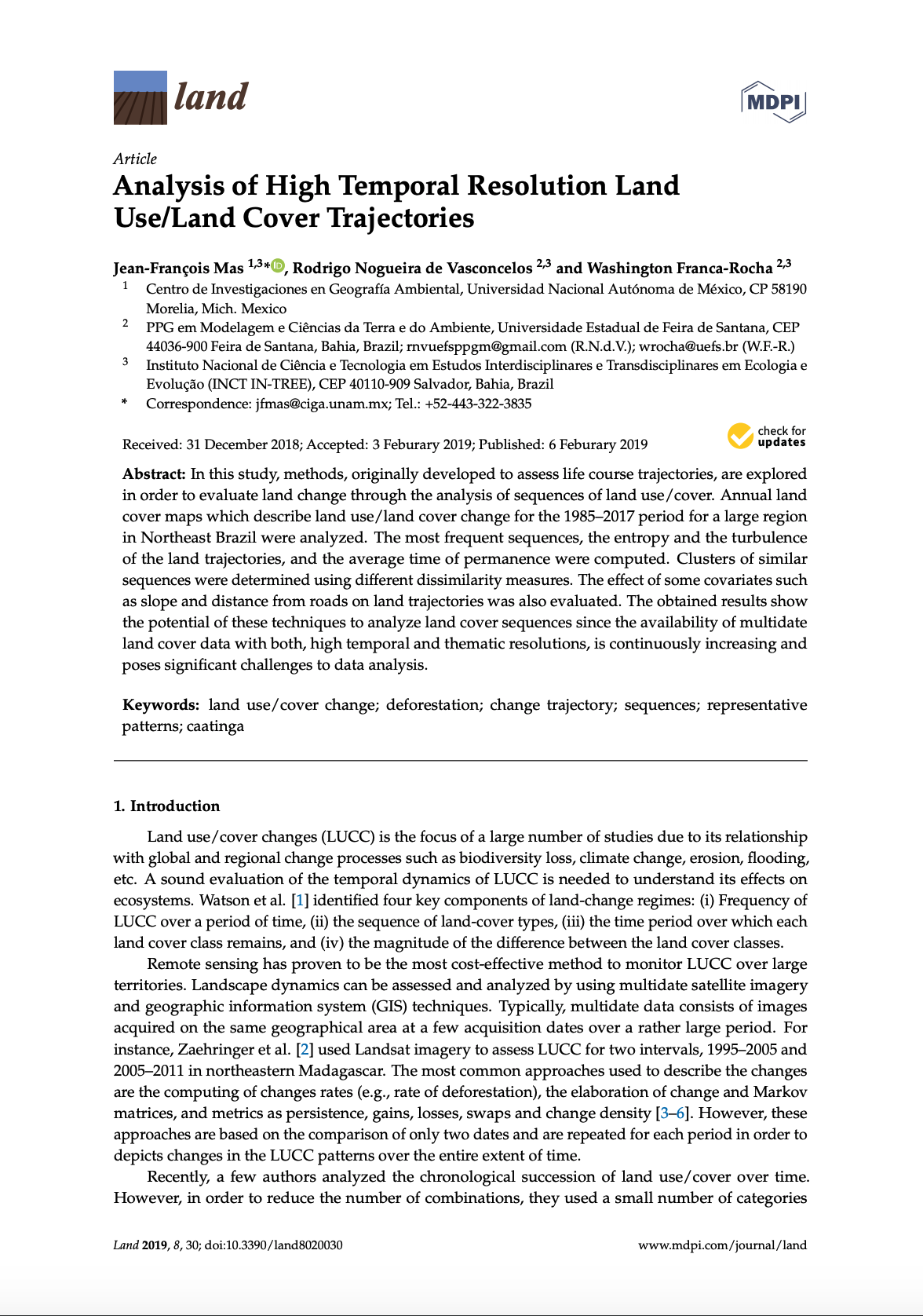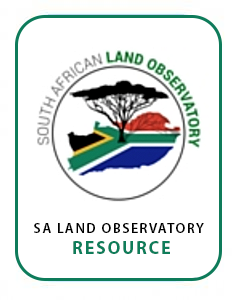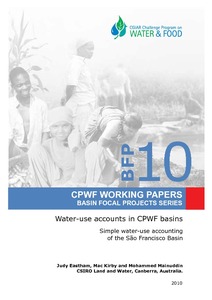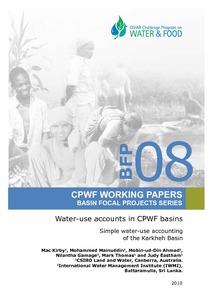Exploring land use/land cover changes, drivers and their implications in contrasting agro-ecological environments of Ethiopia
This study examined the trends, driving factors, and implications of land use/land cover (LULC) dynamics over the past 35 years (1982–2017) in three watersheds of the drought-prone areas that represent different agro-ecologies of Upper Blue Nile basin, Ethiopia: Guder (highland), Aba Gerima (midland), and Debatie (lowland). The changes in LULC were analyzed by integrating field observations, remote-sensing data (aerial photographs [1: 50,000 scale] and very high resolution [0.5–3.2 m] satellite images), and geographic information systems.


